Why do you need different logo file formats?

Congratulations! You’ve created the logo for your new brand.
Unfortunately, the nitty-gritty, boring details of logo file formats sometimes get ignored in the excitement. It’s the quiet loner at the party who’ll call the cops later and ruin your vibe. Understanding these file formats is not creative or colourful. But it’s super important for the usefulness of your future logo.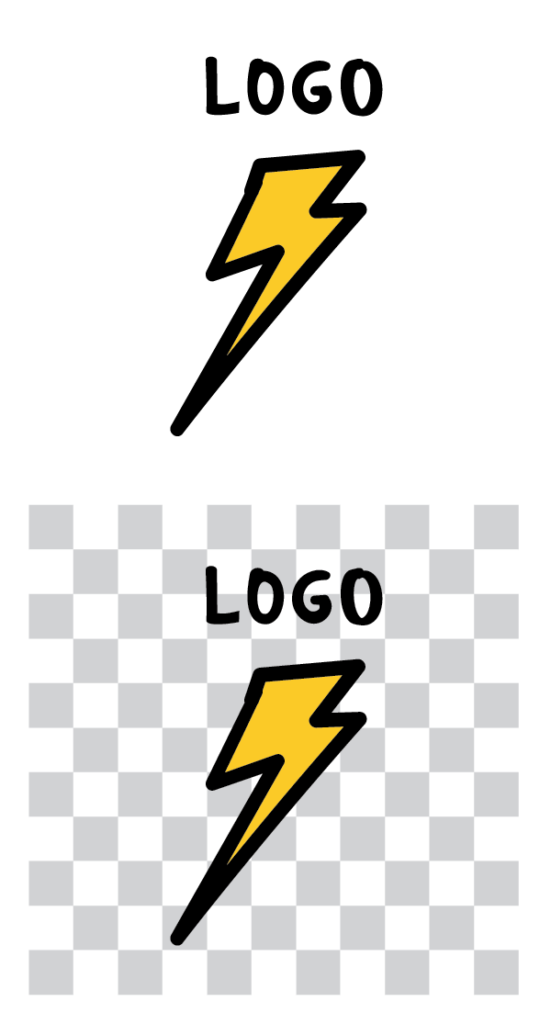
Let’s start with why you need a JPEG
It’s the standard file format that everyone uses. You can open it on your computer, tablet and smartphone. JPEGs are good for PowerPoint slides and social media files. Most of the time, the JPEG will be your go-to image file. JPEGs allow for compression, meaning smaller file sizes that are easy to email.
What about PNG files? What’s the difference from a JPEG?
When it comes to logo file formats, PNGs are quite similar to JPEGs. But they’ve got one key advantage: transparency. The transparent background of PNGs allows you to use your logo with different colours and photos behind it.
Most JPEG logos are on a white background or encased in a shape. If they’re on white, they don’t look great paired with an image or coloured background—you are forced to have the white square in the way, which looks amateur.
In this example, the checkerboard pattern indicates where the background is transparent (PNG). The top image will always appear on a white background (JPEG).
But wait, there’s more. You also need an EPS, or vector file.
This one is a little bit tricky. Unless you have graphic design software, such as Adobe Illustrator, installed on your computer, you won’t be able to open your EPS file. But you still need it.
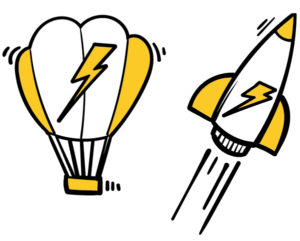
An EPS has quite a few advantages:
● it can be scaled without losing any quality
● it won’t get pixelated when you tinker with enlarging or reducing the file size
● it’s preferred by printers, architects and designers, so if you get brochures, flyers, menus, invitations, uniforms or business cards printed, you’ll get a better quality print result.
Wanna go big? You need an EPS.
The EPS file is the only way to scale up your logo. Billboards, hot air balloons, street signage and banners: they all need an EPS file. You might not be planning to have your logo on a rocket or hot air balloon any time soon, but you never know!
Don’t make this common mistake with EPS files.
 People delete the file. Because they can’t open it, they think it’s useless.
People delete the file. Because they can’t open it, they think it’s useless.
A well-meaning marketing coordinator or office assistant is tasked with tidying up the digital files. Whoops, your EPS is gone. Yes, you can always go back to your designer to ask for a copy. But, if your logo was designed a while ago, you may not even know who created it.
Unfortunate scenarios when you lose your EPS logo files.
- 1. Paying a graphic designer a hefty fee to recreate your logo as an EPS because you’ve lost it—or never received an EPS when you commissioned the design.
- 2. Getting charged an arm and a leg from a cheap logo designer (I won’t name and shame, but you know the ones; they do a logo for under $100). They definitely won’t give you an EPS with a basic fee. And they charge exorbitant prices down the track if you request it.
- 3. Finding out that your logo is a complicated design, and virtually impossible to recreate from the JPEG you do have on file.
Ask for these logo file formats:
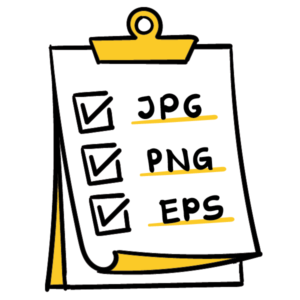 Here’s what I provide with each logo, and what you should expect from your graphic designer:
Here’s what I provide with each logo, and what you should expect from your graphic designer:
- 1. a JPEG
2. a PNG
3. an EPS
4. black and white versions of all three—because there may be times when your logo needs to appear in black and white
5. a PDF explaining the elements of your logo, the colours used (in hex, RGB and CMYK format) and the versions supplied—if you can’t open your EPS file, you can refer to the pdf
So to summarise, you need three formats for your logo file, a JPEG, a PNG and a EPS (or vector file).
Get those, and you are all set. Extra points if you file the folder with ‘DO NOT DELETE’ in the folder name.
You may also like
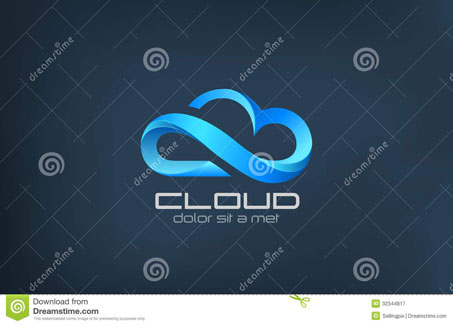
Our two cents: beware the crowdsourcing

Why do many great logos look oh-so-simple?
Recent posts
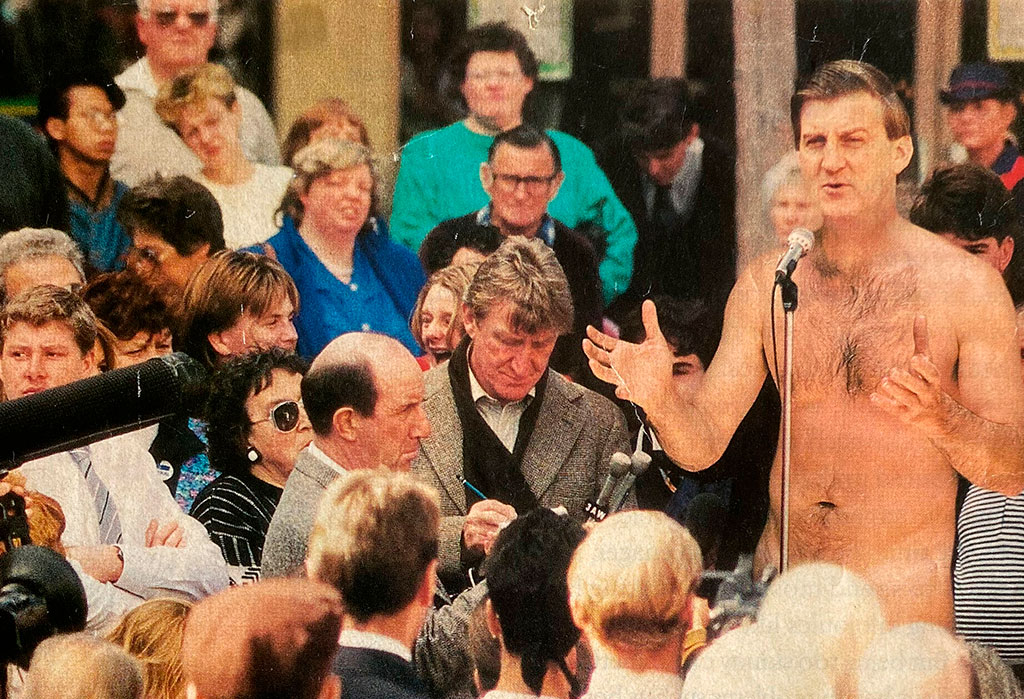
Jeff is undressed
I’ve kept this magazine article since 1993, and now I know why. On the cover, Jeff Kennett (the Victorian Premier at the time) stood naked, addressing a crowd of people. My eyes were telling me one thing. My brain was telling me it couldn’t be true.

ELMO’s 2024 HR Industry Benchmark Report
ELMO’s 2024 HR Industry Benchmark report is live. The report surveyed HR professionals across Australia and New Zealand to uncover trends, challenges and opportunities for 2024.

Keith Haring would not approve
Compare the two artworks in this post. You might recognise the artist as Keith Haring. On the left is his Unfinished Painting, created in 1989.
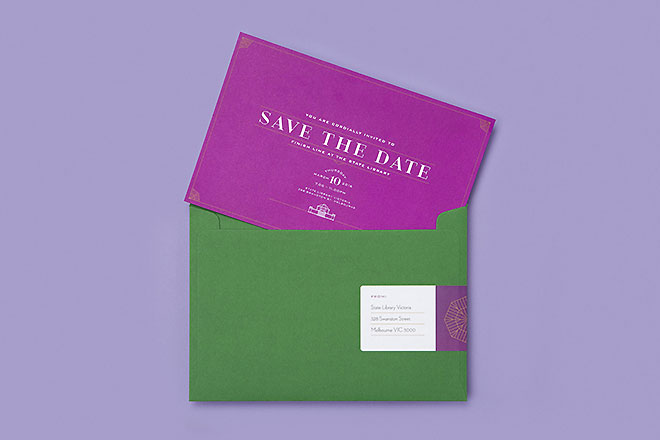
Coloured envelopes are a power move
If you want people to open something you’ve mailed them, use this simple trick. It’s our signature move. And it’s so simple.

President’s Dinner at State Library Victoria
For the VIP event, we created invitations, menus, wine list, table numbers, place names and illuminated paper lanterns, which decorated the long tables.
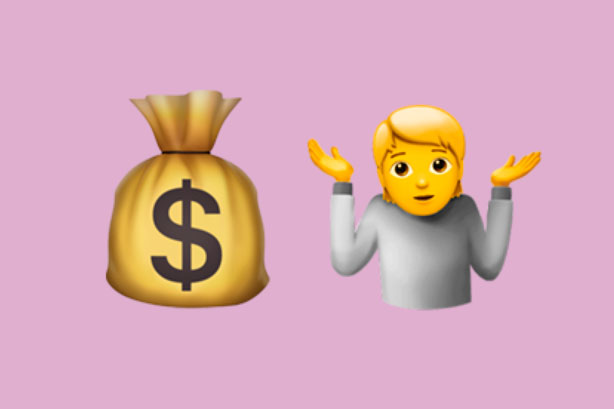
If you’re asking how much branding costs, you’re asking the wrong question.
Why? You need a timeframe. Let’s look at another example. You spend two hours cleaning outdoor teak chairs. You bought them 30 years ago, second-hand.

